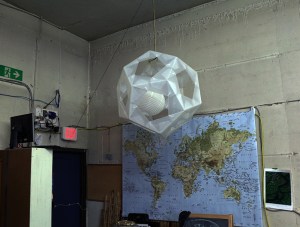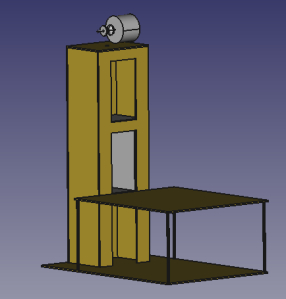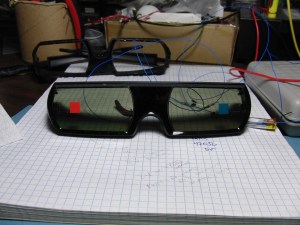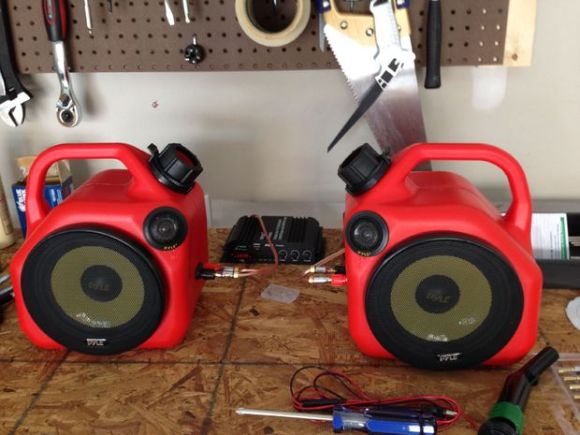
In case you haven’t heard, we’re running a contest on Hackaday Projects for the best Sci-Fi build. We’re a little under two weeks until the deadline for the contest and so far there are a lot of great entries (and lots of great prizes still up for grabs).
If there’s one thing this contest has taught us, it’s that Hackaday readers have impeccable taste in their choices of books, movies, TV shows, and video games. We were surprised at how many entries there are for Hitchhiker’s Guide to the Galaxy, a series not generally known for having cool gadgets such as giant mechs, lightsabers, and other impressively awesome stuff. Here’s a roundup of the current HHGTTG submissions for the Sci-Fi contest:
Doors That Sass
 The doors in Hitchhiker’s Guide are insufferable self-contented sentient portals programmed by the Sirius Cybernetics Corporation to love their simple lives. Upon everyone opening or closing one of these doors, they thank the person for validating their existence.
The doors in Hitchhiker’s Guide are insufferable self-contented sentient portals programmed by the Sirius Cybernetics Corporation to love their simple lives. Upon everyone opening or closing one of these doors, they thank the person for validating their existence.
The door in [Jarrett]’s hackerspace wouldn’t stay closed, so what better way to fix the door than with a robotic door greeter? Actually, it’s just a weight tied to a pulley that keeps the door closed with a little bit of circuitry that plays an .mp3 file when the door moves. Still, self-contented doors. [Goug] is also making one of these self-satisfied doors, but there’s not much in the way of progress.
Going Up?
 The Happy Vertical People Transporter is HHGTTG’s answer to the common elevator. Like doors, they’re also sentient, but also have ‘defocused temporal perception’ to arrive at a floor before a passenger even realizes they need a lift. [DigiGram] and [Lolla] are working on one of these sentient elevators using a webcam, OpenCV, and some AVR-based electronics.
The Happy Vertical People Transporter is HHGTTG’s answer to the common elevator. Like doors, they’re also sentient, but also have ‘defocused temporal perception’ to arrive at a floor before a passenger even realizes they need a lift. [DigiGram] and [Lolla] are working on one of these sentient elevators using a webcam, OpenCV, and some AVR-based electronics.
Look Out!
 The Joo Janta 200 Super-Chromatic Peril Sensitive Sunglasses allow the user to adapt to danger by blacking out a the first signs of peril. [colabot] and [minimum effective dose] realized you can just buy glasses that can be blacked out electronically in the form of active shutter glasses for a 3D TV. With a few peril sensors, they’re working on finishing up their peril sensitive sunglasses.
The Joo Janta 200 Super-Chromatic Peril Sensitive Sunglasses allow the user to adapt to danger by blacking out a the first signs of peril. [colabot] and [minimum effective dose] realized you can just buy glasses that can be blacked out electronically in the form of active shutter glasses for a 3D TV. With a few peril sensors, they’re working on finishing up their peril sensitive sunglasses.
Remember, the Hackaday Projects Sci-Fi contest doesn’t end until April 29th. That leaves you plenty of time to enter your own build. May we suggest a Brownian motion simulation beverage?





 Countdown timer, a
Countdown timer, a 













